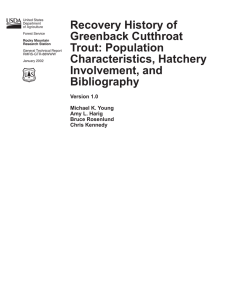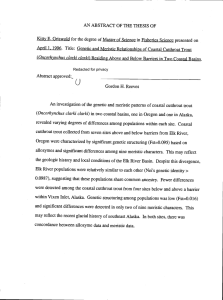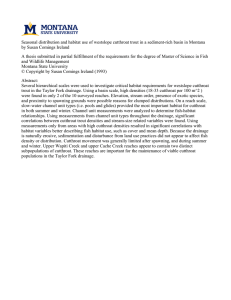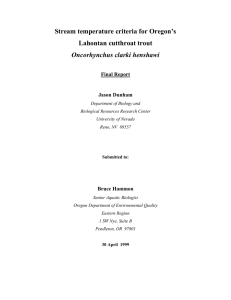Greenback Cutthroat Trout - University of Colorado Boulder
advertisement
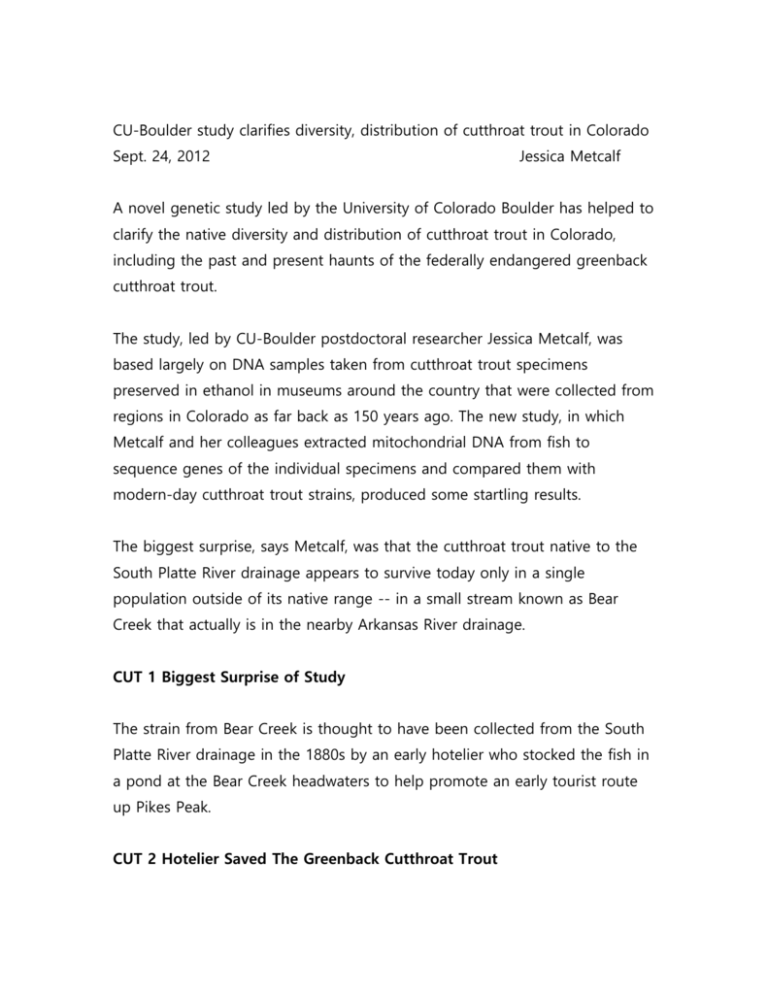
CU-Boulder study clarifies diversity, distribution of cutthroat trout in Colorado Sept. 24, 2012 Jessica Metcalf A novel genetic study led by the University of Colorado Boulder has helped to clarify the native diversity and distribution of cutthroat trout in Colorado, including the past and present haunts of the federally endangered greenback cutthroat trout. The study, led by CU-Boulder postdoctoral researcher Jessica Metcalf, was based largely on DNA samples taken from cutthroat trout specimens preserved in ethanol in museums around the country that were collected from regions in Colorado as far back as 150 years ago. The new study, in which Metcalf and her colleagues extracted mitochondrial DNA from fish to sequence genes of the individual specimens and compared them with modern-day cutthroat trout strains, produced some startling results. The biggest surprise, says Metcalf, was that the cutthroat trout native to the South Platte River drainage appears to survive today only in a single population outside of its native range -- in a small stream known as Bear Creek that actually is in the nearby Arkansas River drainage. CUT 1 Biggest Surprise of Study The strain from Bear Creek is thought to have been collected from the South Platte River drainage in the 1880s by an early hotelier who stocked the fish in a pond at the Bear Creek headwaters to help promote an early tourist route up Pikes Peak. CUT 2 Hotelier Saved The Greenback Cutthroat Trout A second, key set of data was all of the Colorado cutthroat trout stocking records over the past 150 years, a task spearheaded by study co-author and fish biologist Chris Kennedy of the U.S. Fish and Wildlife Service. Between 1889 and 1925, for example, the study showed that more than 50 million cutthroat trout from the Gunnison and Yampa river basins were stocked in tributaries of all major drainages in the state, jumbling the picture of native cutthroat strains in Colorado through time and space. Metcalf and her colleagues first collected multiple samples of tissue and bone from each of the ethanol-pickled trout specimens, obtaining fragments of DNA that were amplified and then pieced together like a high-tech jigsaw puzzle to reveal two genes of the individual specimens. The tests were conducted on two different continents under highly sterile conditions and each DNA sequencing effort was repeated several times for many specimens to ensure accuracy in the study, Metcalf said. CUT 3 Matching The DNA Originating from the Pacific Ocean, cutthroat trout are considered one of the most diverse fish species in North America and evolved into 14 recognized subspecies in western U.S. drainages over thousands of years. In Colorado, four lineages of cutthroats were previously identified: the greenback cutthroat, the Colorado River cutthroat, the Rio Grande cutthroat and the extinct yellowfin cutthroat. CUT 4 What’s Encouraging Is The Greenback Will Survive The decline of native cutthroats in Colorado occurred because of a combination of pollution, overfishing and stocking of native and non-native species of trout, said Metcalf. “It’s ironic, say Metcalf, that stocking nearly drove the greenback cutthroat trout to extinction, and a particularly early stocking event actually saved it from extinction,” she said. Other co-authors on the new study included CU-Boulder Professor Andrew Martin and CU-Boulder graduate students Sierra Stowell, Daniel McDonald and Kyle Keepers; Colorado Parks and Wildlife biologist Kevin Rogers; University of Adelaide scientists Alan Cooper and Jeremy Austin; and Janet Epp of Pisces Molecular LLC of Boulder. To read more about the study go to: http://www.colorado.edu/news/releases/2012/09/24/new-cu-boulder-studyclarifies-diversity-distribution-cutthroat-trout. CU-
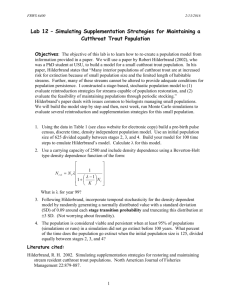

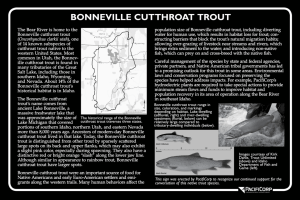
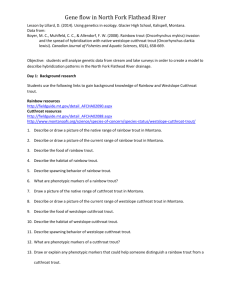





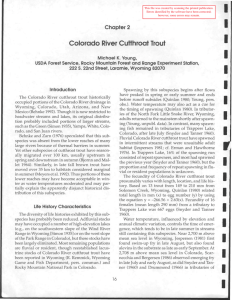
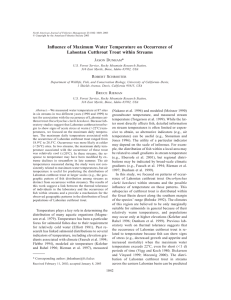
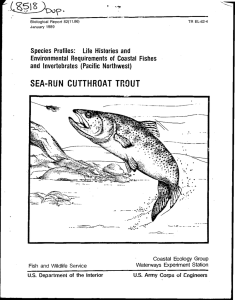
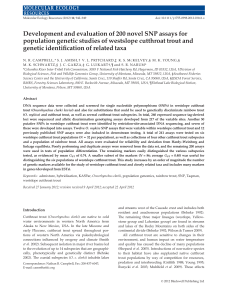
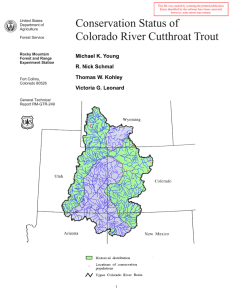
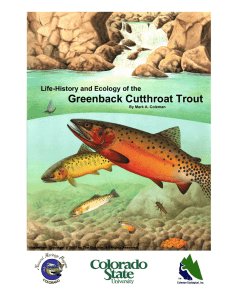
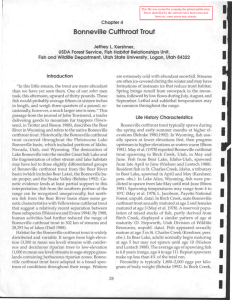
![This article was downloaded by: [National Forest Service Library]](http://s2.studylib.net/store/data/010530890_1-c304ecc913f67259d9c6c600a2bb7255-300x300.png)
